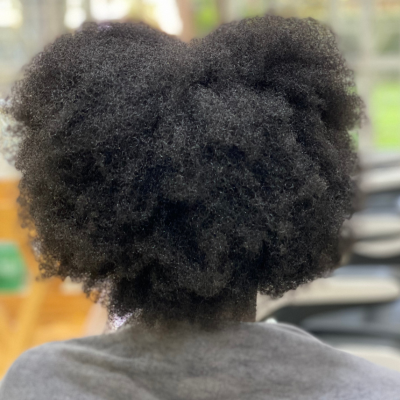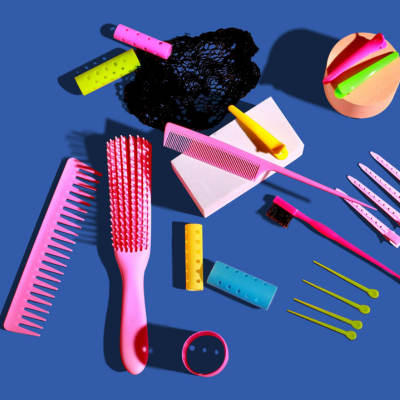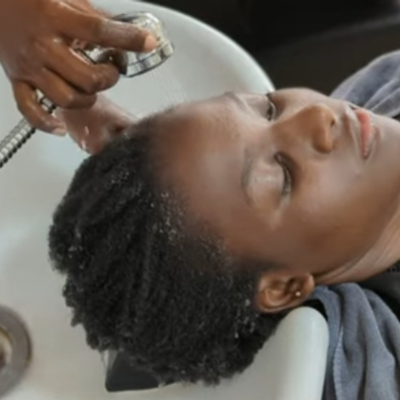- Support 24/7
- +1 (480) 468-4543
- livara@mylivara.com
How Does Hair Really Grow? Everything You Need To Know

Essential Tips for Promoting Maximum Growth in 4C Hair
April 20, 2024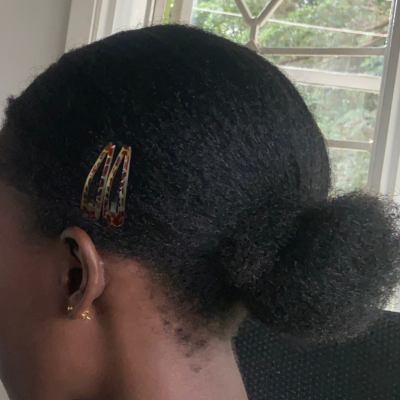
Scientific Reasons For Faster Hair Growth In Some Individuals
April 22, 2024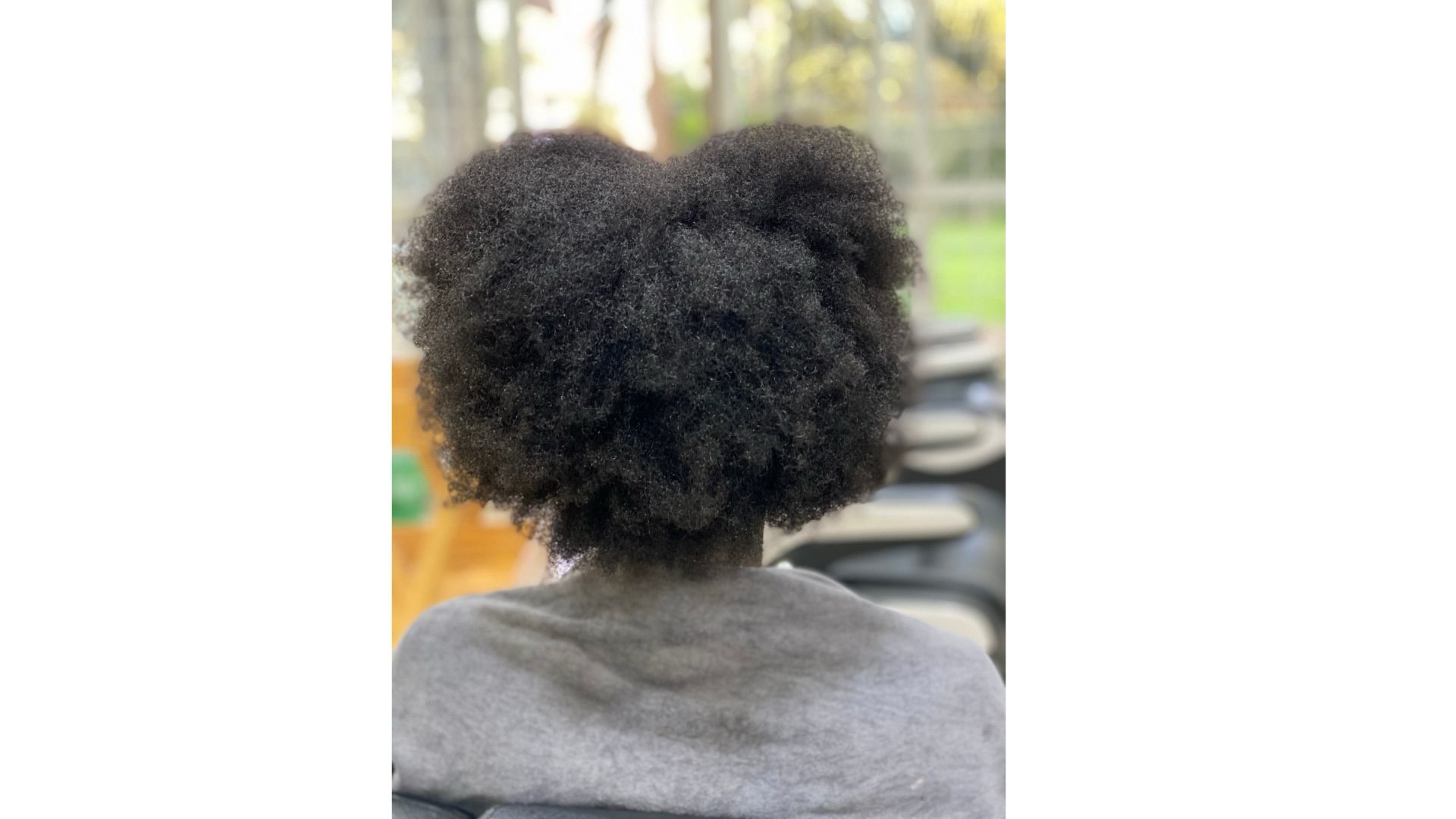
Hair. It seems so simple, yet the science behind its growth is a fascinating journey that starts deep within the scalp and culminates in the crowning strands we see on our heads. This article delves into the intricate world of hair growth, exploring the key players, the different phases, and the factors that influence this remarkable biological process. Read on as we explore how hair really grows.
The Growth Factory: The Hair Follicle
Hair doesn’t magically appear on our heads. It all starts with the hair follicle, a tiny pocket-like structure embedded within the layers of the skin. Each follicle acts as a mini factory, responsible for producing and anchoring a single hair strand. Here’s a breakdown of the key components within a hair follicle:
- Hair Papilla: This bulb-shaped structure at the base of the follicle is the heart of hair growth. It houses specialized cells called papilla cells, which are responsible for hair production.
- Dermal Papilla: A network of blood vessels located beneath the hair papilla nourishes the papilla cells with oxygen and nutrients essential for hair growth.
- Hair Matrix: Surrounding the papilla is the hair matrix, a zone of rapidly dividing cells. These matrix cells are the workhorses of hair growth, constantly producing new hair cells, also known as keratinocytes.
- Outer Root Sheath: This multi-layered sheath surrounds the hair matrix and helps guide the developing hair strand upwards through the follicle.
- Sebaceous Gland: Attached to most hair follicles are sebaceous glands. These glands produce sebum, an oily substance that lubricates the scalp and hair, keeping it soft and hydrated.
- Arrector Pili Muscle: A tiny muscle connected to the follicle base. When contracted (due to cold or emotions), it causes the hair to stand on end, resulting in “goosebumps.”
The Growth Cycle: From Birth to Shedding
Hair growth follows a well-defined cycle with distinct phases:
- Anagen (Growth Phase): This is the active growth phase, lasting anywhere from 2-7 years for scalp hair (longer for some hair types). During this phase, the matrix cells are constantly dividing, pushing the newly formed hair cells upwards through the follicle. The length of the anagen phase determines the maximum potential length of a hair strand.
- Catagen (Transition Phase): A short transitional phase lasting a few weeks, where the hair growth slows down and the matrix cells begin to shrink. The blood supply to the follicle also starts to diminish.
- Telogen (Resting Phase): The final resting phase, lasting about 3 months, where hair growth completely stops. The hair strand remains anchored in the follicle but is eventually shed to make way for new hair growth. It’s common to lose 50-100 hairs daily during this phase, a natural process that shouldn’t be a cause for concern.
Hormonal Harmony: The Regulators of Hair Growth
Hair growth is heavily influenced by hormones. Here are some key players:
- Androgens (Testosterone and DHT):These hormones stimulate hair growth in men and can contribute to pattern hair loss in both men and women when present in excess.
- Estrogen: This female sex hormone promotes hair growth during pregnancy and can contribute to thicker hair.
- Thyroid Hormones: Thyroid hormones play a crucial role in regulating cell metabolism, including those in the hair follicle. An imbalance in these hormones can lead to hair loss.
Nutritional Needs: The Fuel for Growth
Just like any other bodily function, hair growth requires proper nutrition. Here are some key nutrients that play a role:
- Protein: Hair is primarily made of keratin, a protein. Adequate protein intake is essential for providing the building blocks for hair growth.
- Iron: Iron deficiency is a well-known cause of hair loss. Iron helps transport oxygen to the hair follicles, which is crucial for hair growth.
- Biotin: This B vitamin is essential for healthy hair, skin, and nails. A biotin deficiency can lead to hair loss and brittle hair.
- Vitamin D: Emerging research suggests that vitamin D may play a role in hair follicle health and hair growth.
- Genetics: Hair growth patterns, texture, and density are largely determined by genetics. Some people’s hair may just naturally grow faster than others.
- Age: Hair growth naturally slows down with age.
- Medical Conditions: Certain medical conditions and medications can impact hair growth.
- Stress: Chronic stress can disrupt the hair growth cycle and lead to hair loss.
- Scalp Health: A healthy scalp provides a good environment for hair growth. Scalp conditions like dandruff or seborrheic dermatitis can hinder hair growth.
The journey of hair growth is a remarkable testament to the intricate workings of our bodies. From the specialized factories within the follicles to the complex interplay of hormones and nutrients, each stage plays a crucial role in creating the beautiful strands we cherish.
Understanding the science behind hair growth empowers us to make informed choices for optimal hair health. By prioritizing a healthy lifestyle with proper nutrition, managing stress, and addressing any underlying medical conditions, we can nurture a healthy scalp environment that fosters vibrant hair growth.
Remember, hair growth is a continuous process, and while genetics play a role, there’s much we can do to influence its health and potential. Embrace a hair care routine that prioritizes gentle handling, moisture retention, and protection from damage. With patience, dedication, and the knowledge gleaned from this exploration of hair growth, you can cultivate healthy, flourishing hair that reflects your unique beauty. Because you are a gem.
